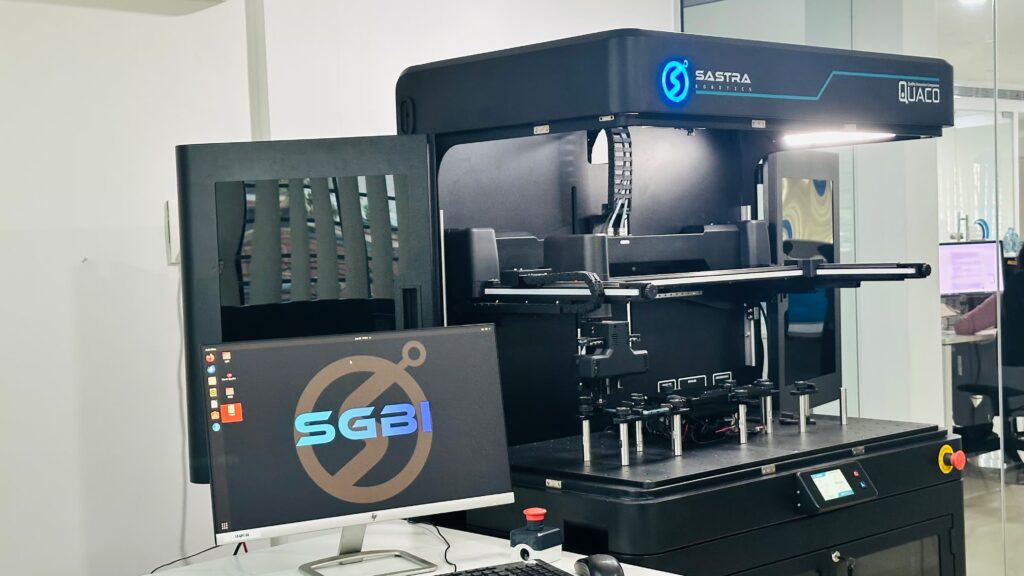When you hear “robotic automation,” you might immediately think of Robotic Process Automation (RPA)—the software-driven method of automating repetitive tasks. While RPA plays a crucial role in software testing, robotic automation in software quality assurance (QA) is a different concept altogether.
Unlike RPA, which tests software logic through code, robotic automation physically interacts with devices to evaluate real-world usability. This distinction is essential, especially as modern technology increasingly integrates touch, motion, and biometric inputs across devices like smartphones, ATMs, automotive infotainment systems, and IoT gadgets.
Why Is Robotic Automation Essential In Software Quality Assurance?
A majority of modern software technology isn’t built to run just on screens; it relies on touch, motion gestures, and other forms of physical inputs to function. As these devices become more complex and are used to control critical functions like those of an automobile via the infotainment system, their reliability must be tested thoroughly.

The robotics market is expected to reach $50.80 billion in revenue by 2025, showing the growing use of robotic automation in many industries, including software QA.
While standard RPA solutions like Selenium and Appium can, to a certain extent, test these devices by simulating user interactions through code, they cannot physically press buttons or swipe touchscreens.
In terms of software quality assurance, RPA will prove ineffective for testing.
- Touch-based interactions like swipes, multi-touch gestures, or long presses.
- Environmental changes include screen reflections, lighting variations, temperature effects, or even water droplets on a screen.
- Mechanical responses like haptic feedback, biometric recognition, or pressure-sensitive buttons.
Succinctly put, without physical robotic automation, you risk launching products with unreliable user experiences.
How Can the Quaco Range of Robots Elevate Your Software Quality Assurance Standards?

The Quaco Range of products is specifically designed to plug the software quality assurance gaps that rely solely on RPA leaves.
The Quaco Pro D is an industrial-grade, high-precision robotic system designed to test large-scale physical interaction. It features a robotic arm with two dexterous fingers that can simulate and perform various functions, such as:
- Touchscreen gestures like taps, pinches, and zooms, to name a few.
- Simulate human touch with varying pressure, speed, and touch durations.
The Pro D has a large workspace that can handle multiple devices simultaneously in various configurations. In tandem with AI/ML capabilities, the built-in computer vision system can help your QA teams automate complex testing scenarios at scale.
For smaller setups, Quaco Desk provides the same testing accuracy in a desktop-sized solution, which is ideal for development teams that need precision without the footprint of an industrial robot. Quaco Vertix allows companies to set up automated test farms for large-scale test environments, enabling efficient parallel testing.
Summing It Up
With the growing trend of interactive devices, ensuring top-notch software performance can no longer be achieved by merely ensuring flawless code.
The key is rigorously testing your software alongside the hardware it will run on in real-world conditions. Robotic automation makes this possible, enabling you to optimize, scale, and enhance your software quality assurance with unmatched precision and repeatability.
On this note, SGBI’s Robot-Aided Testing as a Service (RaaS) ensures your software performs flawlessly in real-world conditions. With precise, automated testing, you can speed up development, improve accuracy, and scale with ease.
Ready to enhance your QA process? Get in touch with us today!




